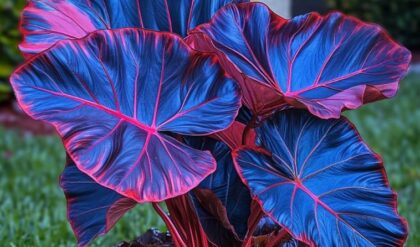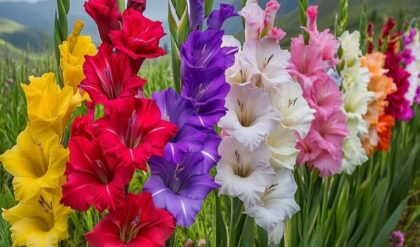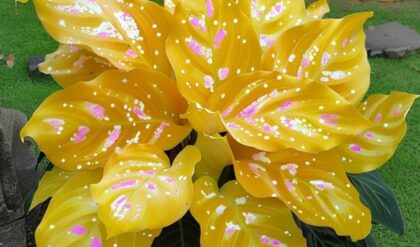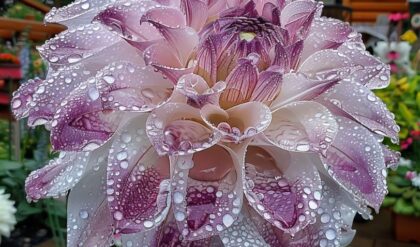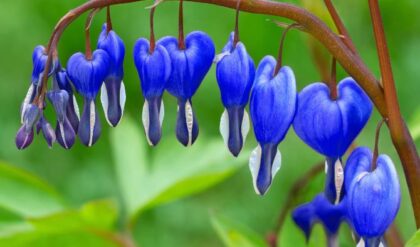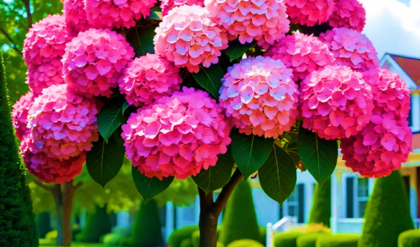Growing roses can be a rewarding endeavor, transforming any garden into a vibrant tapestry of colors and scents. Understanding the nuances of rose cultivation is essential to achieving blooming success. This not only involves choosing the right varieties but also mastering the art of care and maintenance. Let’s explore expert tips to cultivate stunning roses that will not only thrive but also enchant those who encounter them.
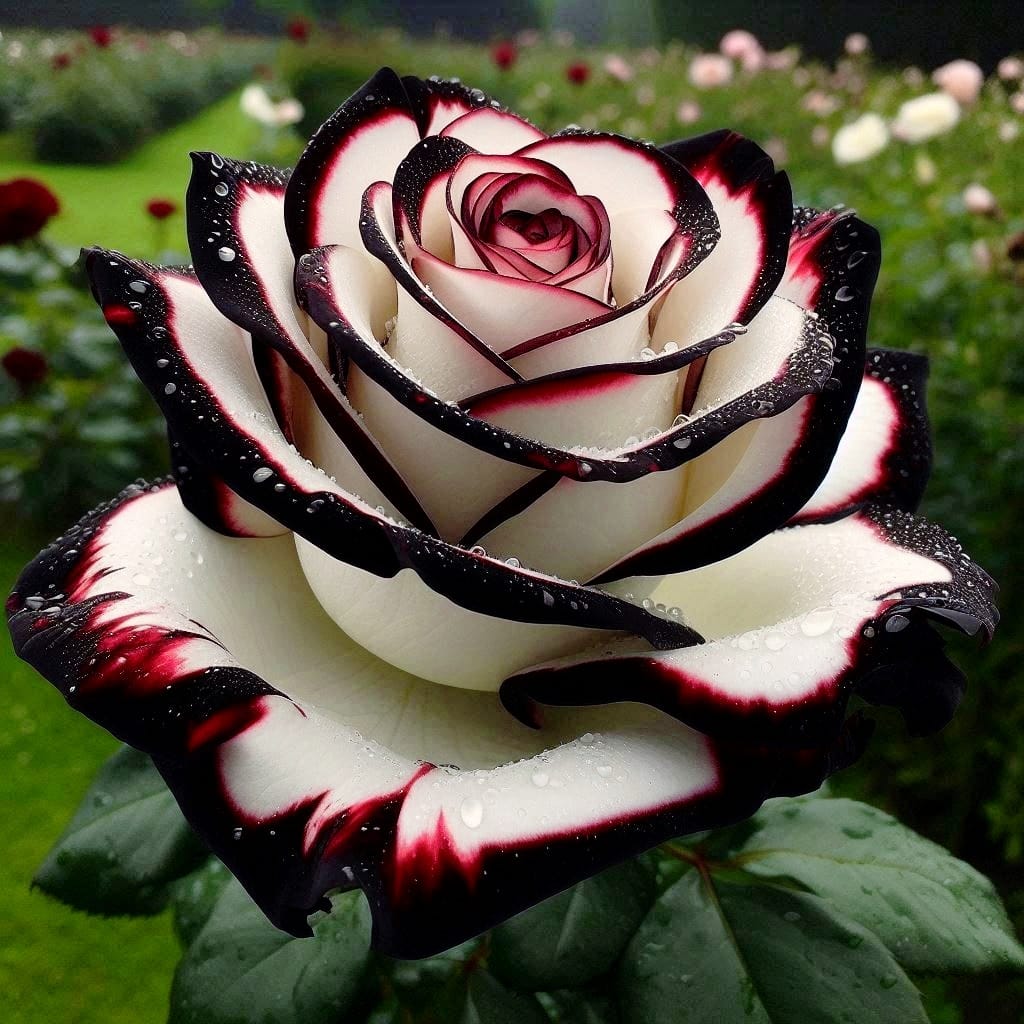
Choosing the Right Varieties
Tailoring Your Selection to Your Environment The journey begins with selecting the appropriate rose variety for your specific climate and soil conditions. Not all roses flourish in every environment; some are bred to withstand colder winters while others excel in warmer climates. For instance, hybrid tea roses offer classic beauty and fragrance, perfect for formal gardens, while floribundas provide abundant blooms and are ideal for informal settings. By aligning your choice with your local conditions, you set the foundation for success.
Embracing Diversity Additionally, don’t shy away from exploring lesser-known varieties such as heirloom or native roses. Heirlooms not only possess historical charm but often boast resilience to pests and diseases, promoting an eco-friendly gardening approach. Native roses, on the other hand, support local ecosystems and biodiversity, offering a holistic connection to nature. This consideration fosters a more sustainable gardening practice while enhancing your landscape’s aesthetic appeal.
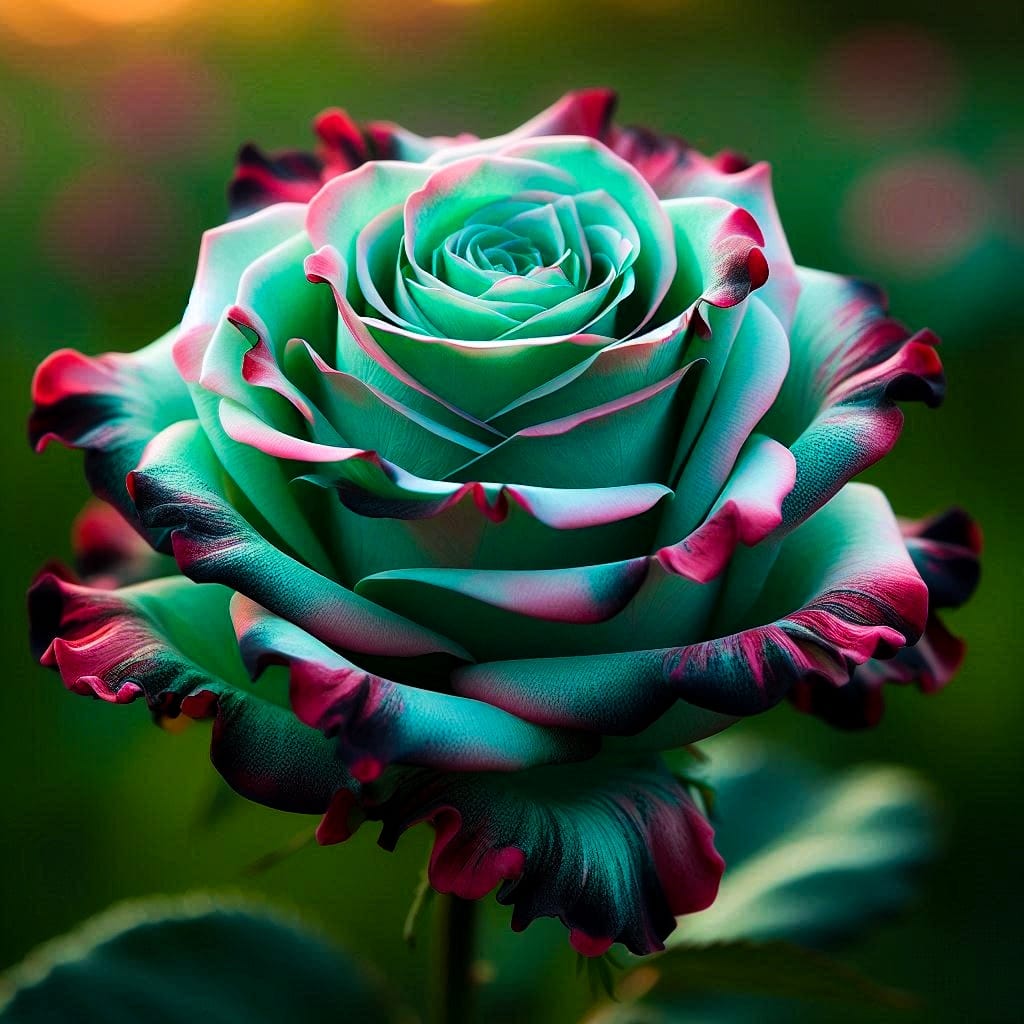
Tailoring Your Selection to Your Environment
When selecting rose varieties, it’s crucial to consider the unique climate and soil conditions of your garden. Roses can thrive in a wide range of environments, but each variety has its own preferences and strengths.
Hybrid tea roses, for example, are known for their classic form and captivating fragrance. They excel in well-drained, nutrient-rich soils and tend to perform best in temperate climates with moderate temperatures. However, they may struggle in regions with harsh winters or extended periods of heat and drought.
On the other hand, floribunda roses are renowned for their abundant, clustered blooms and their ability to adapt to a broader range of growing conditions. These roses are often more resilient to pests and diseases, making them an excellent choice for gardeners in less-than-ideal environments.
By taking the time to understand the specific needs of different rose varieties, you can ensure that your selections will not only survive but thrive in your garden. This attention to detail sets the stage for a flourishing rose display that will captivate all who behold it.
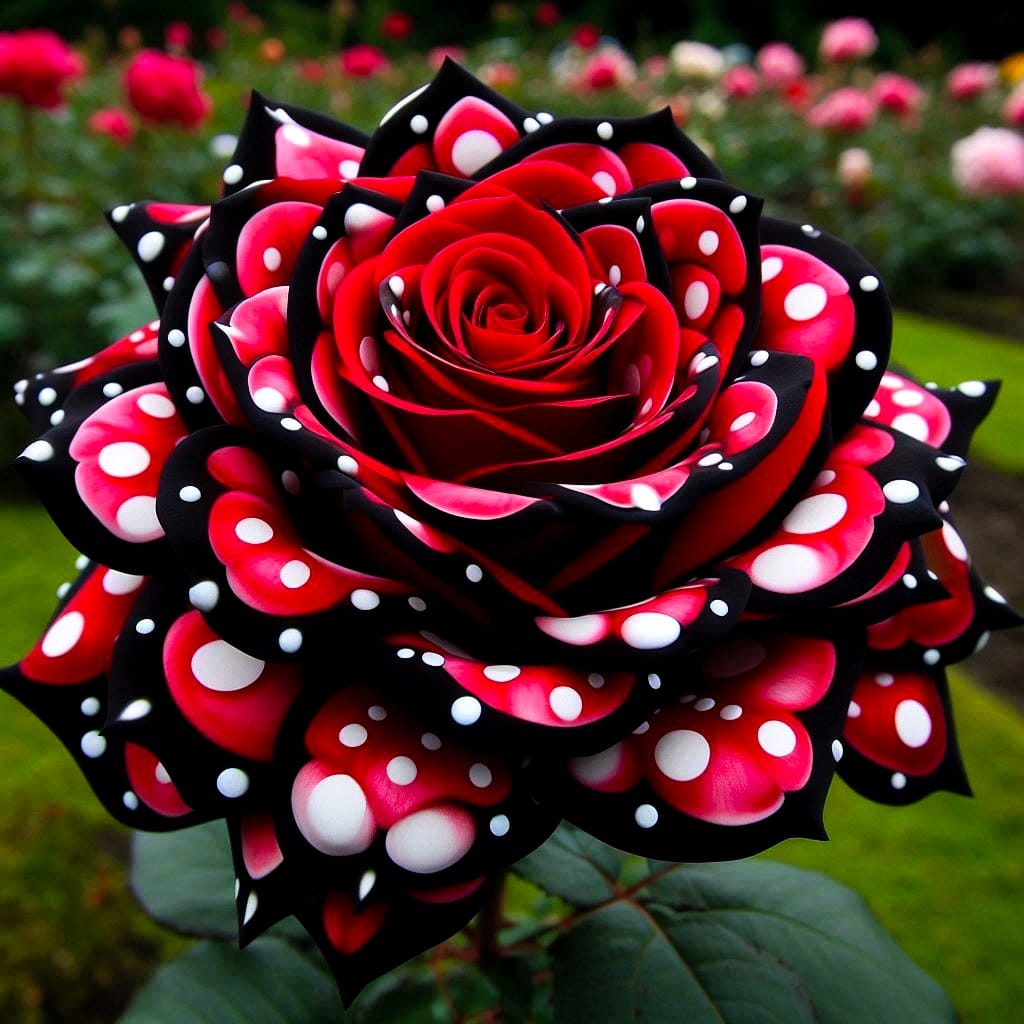
Embracing Diversity
While the classic hybrid tea and floribunda roses are undoubtedly stunning, there’s a wealth of lesser-known varieties that deserve your attention. Heirloom and native roses offer a unique and often overlooked dimension to the rose gardening experience.
Heirloom roses, with their historical charm and rich backstories, can be a true delight to cultivate. Many heirloom varieties have developed a natural resilience to pests and diseases, making them an eco-friendly choice for the sustainable-minded gardener. These roses often feature distinctive forms, colors, and fragrances that set them apart from their modern counterparts.
Native roses, on the other hand, are intrinsically connected to the local ecosystem. By incorporating these hardy, adaptable species into your garden, you not only create a visually stunning display but also support the delicate balance of your regional environment. Native roses provide essential food and shelter for pollinators, contributing to the overall health and diversity of your garden’s ecosystem.
Embracing the diversity of rose varieties, both classic and lesser-known, allows you to create a truly unique and captivating garden. By blending the best of both worlds, you can enjoy the timeless beauty of traditional rose cultivars while also celebrating the resilience and charm of heirloom and native species. This multifaceted approach to rose selection enriches the gardening experience and fosters a deeper connection to the natural world.
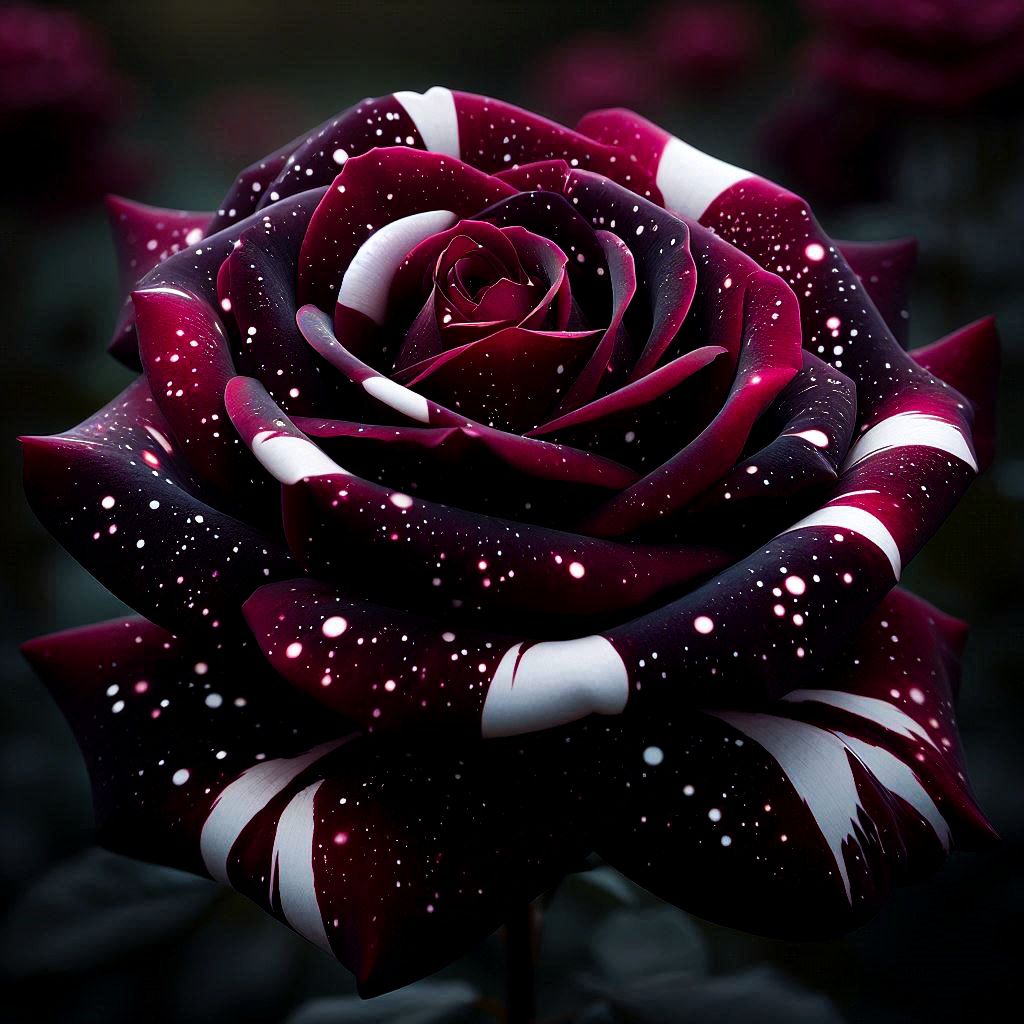
Optimal Planting Techniques
Soil Preparation: The Secret Ingredient Before planting, the significance of proper soil preparation cannot be overstated. Roses thrive in well-drained, nutrient-rich soils. Amending your soil with organic matter such as compost enhances its structure and fertility. Picture your soil as a cake; without the right ingredients, the end result may not rise to the occasion. A healthy soil ecosystem encourages robust root development, which ultimately leads to vibrant, blooming roses.
Spacing for Success When planting, consider spacing between your rose bushes. Adequate airflow reduces the risk of fungal infections while allowing each plant to access sunlight. Imagine a bustling market, where every stall needs room to showcase its goods; similarly, roses need personal space to truly shine. A general rule of thumb is to plant them at least 18 to 24 inches apart, depending on the variety.
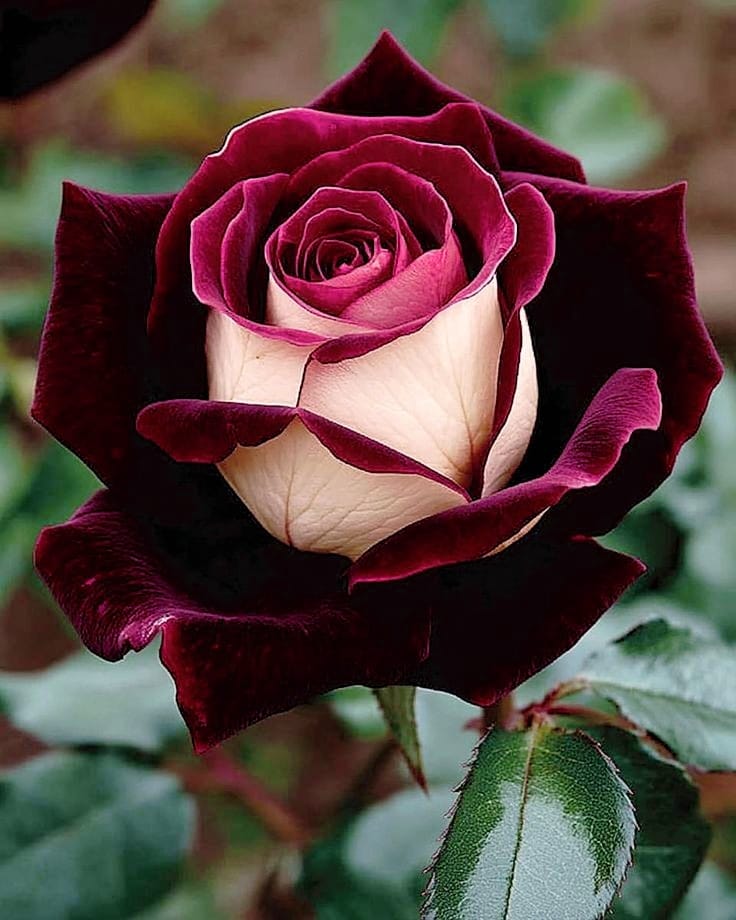
Soil Preparation: The Secret Ingredient
Roses are true connoisseurs when it comes to soil quality. They thrive in well-drained, nutrient-rich environments that provide the perfect foundation for their lush growth and stunning blooms. Before planting, it’s essential to take the time to properly prepare your garden’s soil.
Think of your soil as the canvas upon which you’ll paint your rose masterpiece. Just as a painter carefully selects the right paints and canvases, you must ensure your soil is primed and ready to support your roses’ vibrant display.
Begin by assessing your soil’s composition. Roses prefer a slightly acidic, well-draining soil with a pH between 6.0 and 6.5. If your soil is too heavy or clay-like, incorporate organic matter such as compost or aged manure to improve its structure and drainage. Conversely, if your soil is too sandy, adding compost can help retain moisture and nutrients more effectively.
The key to successful soil preparation lies in creating a balanced, nutrient-rich environment. Roses are considered “heavy feeders,” meaning they require ample amounts of essential nutrients to thrive. Amending your soil with a generous helping of compost or well-rotted organic matter provides a slow-release source of nitrogen, phosphorus, and potassium – the primary building blocks for robust plant growth and abundant blooms.
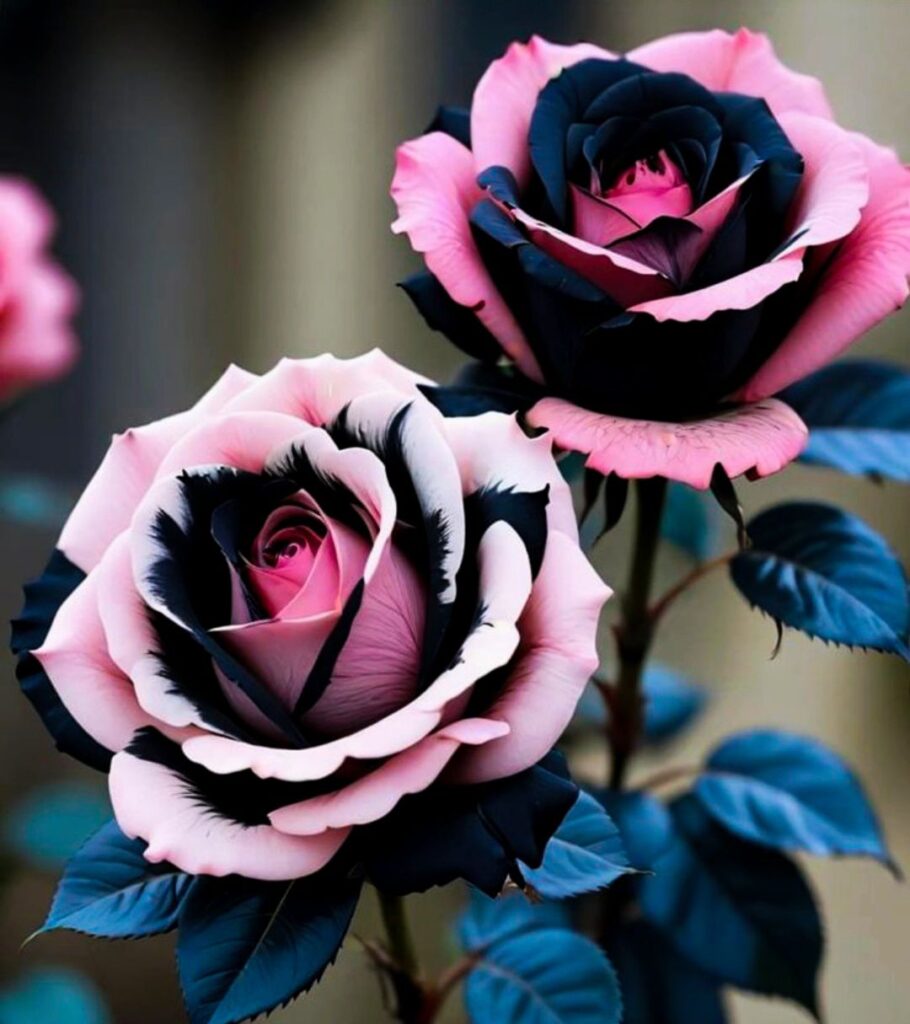
Visualize your soil as a delicious cake, with the compost and organic matter serving as the essential ingredients that give it its rich, crumbly texture and irresistible flavor. Just as a cake needs the right blend of flour, eggs, and sugar to rise to perfection, your roses require a balanced, nutrient-dense soil to reach their full potential.
By taking the time to properly prepare your garden’s soil, you lay the groundwork for a thriving rose garden that will captivate the senses with its vibrant hues and captivating fragrance. This foundational step sets the stage for a lifetime of blooming success.
Spacing for Success
When it comes to planting roses, spacing is a crucial consideration that can make all the difference in the health and vigor of your plants. Just as a bustling market requires ample space for each vendor to showcase their wares, roses need their personal space to truly shine.
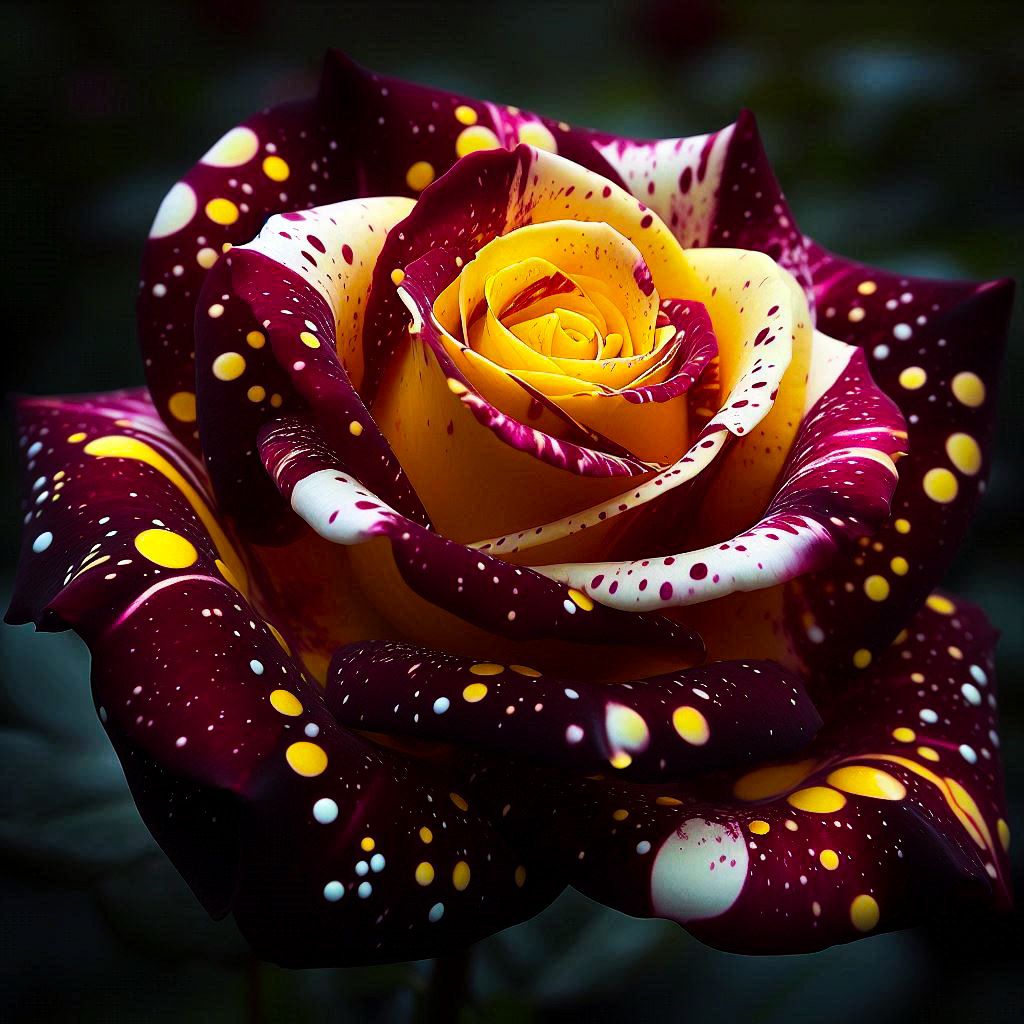
Proper spacing serves two essential purposes: airflow and sunlight access. Roses thrive on good air circulation, which helps to reduce the risk of fungal diseases and promote overall plant health. Cramped quarters can lead to stagnant air, creating the perfect environment for the proliferation of common rose ailments like black spot or powdery mildew.
Equally important is ensuring that each rose plant receives its fair share of sunlight. Roses are sun-loving creatures, and they require at least six hours of direct sunlight per day to produce their stunning blooms. When planted too close together, rose bushes can cast shadows on one another, depriving some plants of the essential light they need.
As a general rule of thumb, plan to space your rose bushes at least 18 to 24 inches apart, depending on the mature size of the variety. For example, more compact, bushy rose cultivars may be planted slightly closer together, while taller, more vigorous varieties will benefit from a bit more breathing room.
Visualize your rose garden as a harmonious dance, with each plant gracefully swaying and twirling without encroaching on its neighbors. By giving your roses the personal space they crave, you create an environment that encourages their natural growth and development, resulting in a breathtaking display of color and fragrance.
Remember, with a little forethought and planning, you can establish the optimal growing conditions for your roses, setting the stage for a lifetime of blooming success.

Care and Maintenance
Watering Wisely Watering practices play a crucial role in cultivating healthy roses. Early morning is the optimal time to water, allowing foliage to dry during the day and preventing disease. Think of it as waking up to a refreshing morning shower; it revitalizes the plants while minimizing harmful moisture retention overnight. Using drip irrigation systems can further enhance water efficiency, delivering hydration directly to the roots where it’s needed most.
Pruning: A Necessary Art Pruning is an art that requires both understanding and intuition. Regularly removing dead or diseased wood promotes healthy growth and encourages new blooms. Visualize pruning as sculpting; just as a sculptor chisels away excess stone to reveal a masterpiece, strategic cuts can unveil the beauty within your roses. In late winter or early spring, prune back about one-third of the plant’s height for optimum results, ensuring to make clean cuts to prevent injury.
Pest and Disease Management An essential aspect of growing stunning roses involves vigilance against pests and diseases. Instead of resorting to chemical treatments, consider introducing beneficial insects, such as ladybugs and lacewings, that prey on common rose pests like aphids. This creates a balanced ecosystem, akin to a well-conducted orchestra where each element plays its part harmoniously. Regular inspection of your rose plants for signs of stress or infestation is crucial. Developing your observational skills can prevent larger problems down the line, ensuring your roses continue to flourish.

Watering Wisely
Proper watering is the lifeblood of a thriving rose garden, nourishing both the plants and the soil in which they grow. Just as a person requires a refreshing morning shower to start the day, your roses crave a consistent supply of water to maintain their vibrant displays.
The ideal watering routine for roses involves applying water in the early morning hours, allowing the foliage to dry throughout the day. This timing not only minimizes the risk of disease-promoting moisture retention overnight but also aligns with the plants’ natural rhythms, providing them with the hydration they need to thrive.
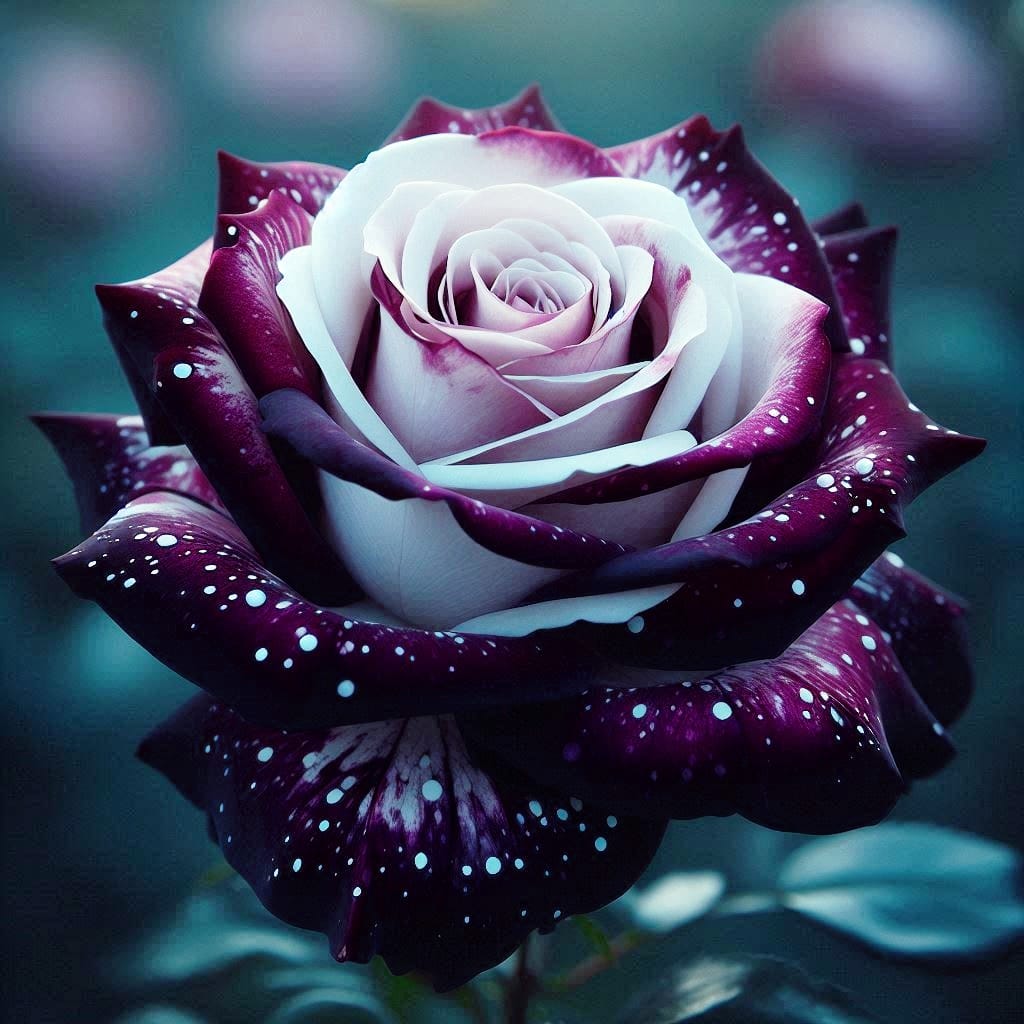
Consider the analogy of a bustling city, where water is the lifeblood that keeps the streets and sidewalks clean and the people energized. In much the same way, your rose garden requires a steady supply of water to maintain its lush, healthy appearance and encourage vigorous growth.
To maximize water efficiency, consider incorporating a drip irrigation system into your rose garden. This innovative approach delivers water directly to the roots, where it’s needed most, reducing water waste and preventing the foliage from becoming saturated. Visualize a series of tiny, targeted streams nourishing each plant, rather than a broad, scattered spray.
By watering wisely and adapting your practices to the unique needs of your roses, you create an environment where these captivating flowers can reach their full potential. Whether it’s the early morning dew or the gentle trickle of a drip system, the key is to provide your roses with the hydration they crave, ensuring they continue to enchant and delight all who encounter them.
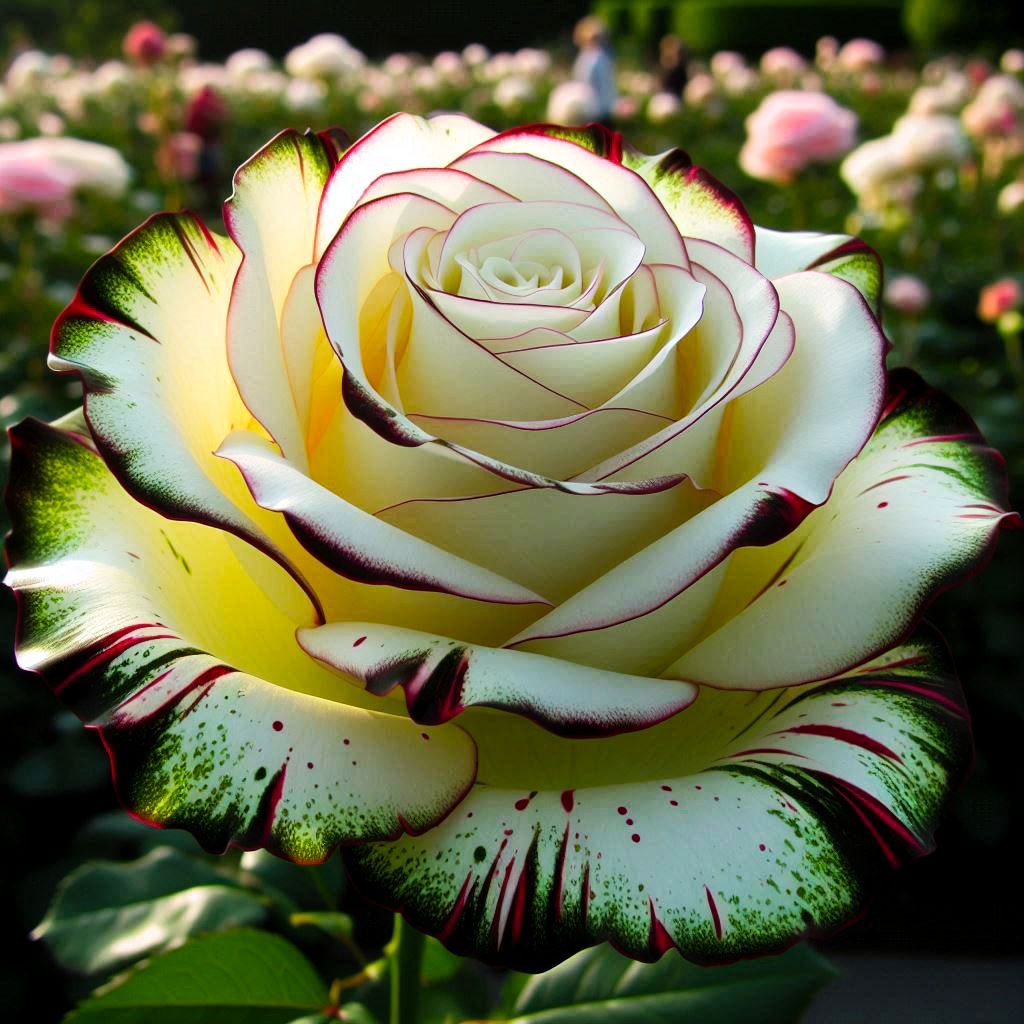
Pruning: A Necessary Art
Pruning roses is an art form that requires both understanding and intuition. Just as a skilled sculptor carefully chisels away excess stone to reveal the beauty within, strategic pruning can unveil the true splendor of your rose bushes, encouraging healthy growth and abundant blooms.
Imagine your rose garden as a living, breathing sculpture, with each plant representing a unique and intricate work of art. Pruning is the tool that allows you to shape and refine these natural masterpieces, removing any dead, damaged, or diseased wood to promote the development of fresh, vibrant growth.
The key to successful pruning lies in timing and technique. In late winter or early spring, before new growth emerges, aim to prune back your rose bushes by about one-third of their height. This approach encourages the plant to redirect its energy into producing lush, healthy foliage and a stunning display of flowers.
When making your cuts, be sure to use clean, sharp pruning shears and make clean, angled cuts just above an outward-facing bud. This not only prevents injury to the plant but also ensures the development of new canes that will grow in a desirable, outward-facing direction, creating a balanced, aesthetically pleasing shape.
Visualize your rose bushes as a work in progress, with each pruning session refining their form and enhancing their natural beauty. By embracing the art of pruning, you unlock the true potential of your roses, transforming them into captivating focal points within your garden.
Remember, pruning is an essential maintenance task that requires a delicate touch and an observant eye. With practice and patience, you’ll develop the intuition to make the right cuts at the right time, ensuring your roses continue to thrive and enchant for years to come.
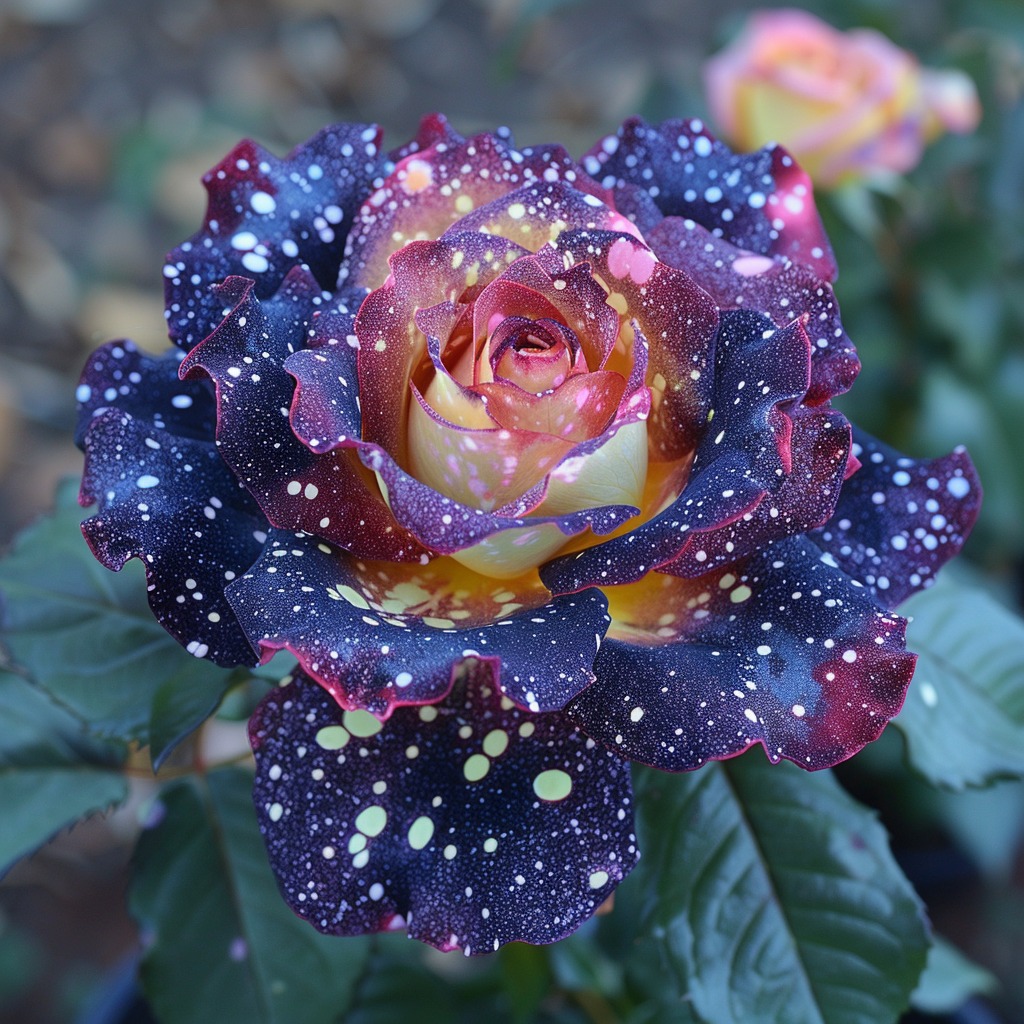
Pest and Disease Management
Maintaining a healthy, thriving rose garden requires vigilance against the various pests and diseases that can threaten the well-being of your beloved plants. Just as a well-conducted orchestra relies on each musician playing their part harmoniously, a balanced ecosystem in your garden is key to keeping your roses in peak condition.
Rather than resorting to harsh chemical treatments, consider introducing beneficial insects that prey on common rose pests. Ladybugs, for example, are voracious consumers of aphids, while lacewings are known to feast on a variety of garden invaders. By cultivating this natural predator-prey relationship, you create a self-regulating system that keeps your roses protected without the need for potentially harmful interventions.
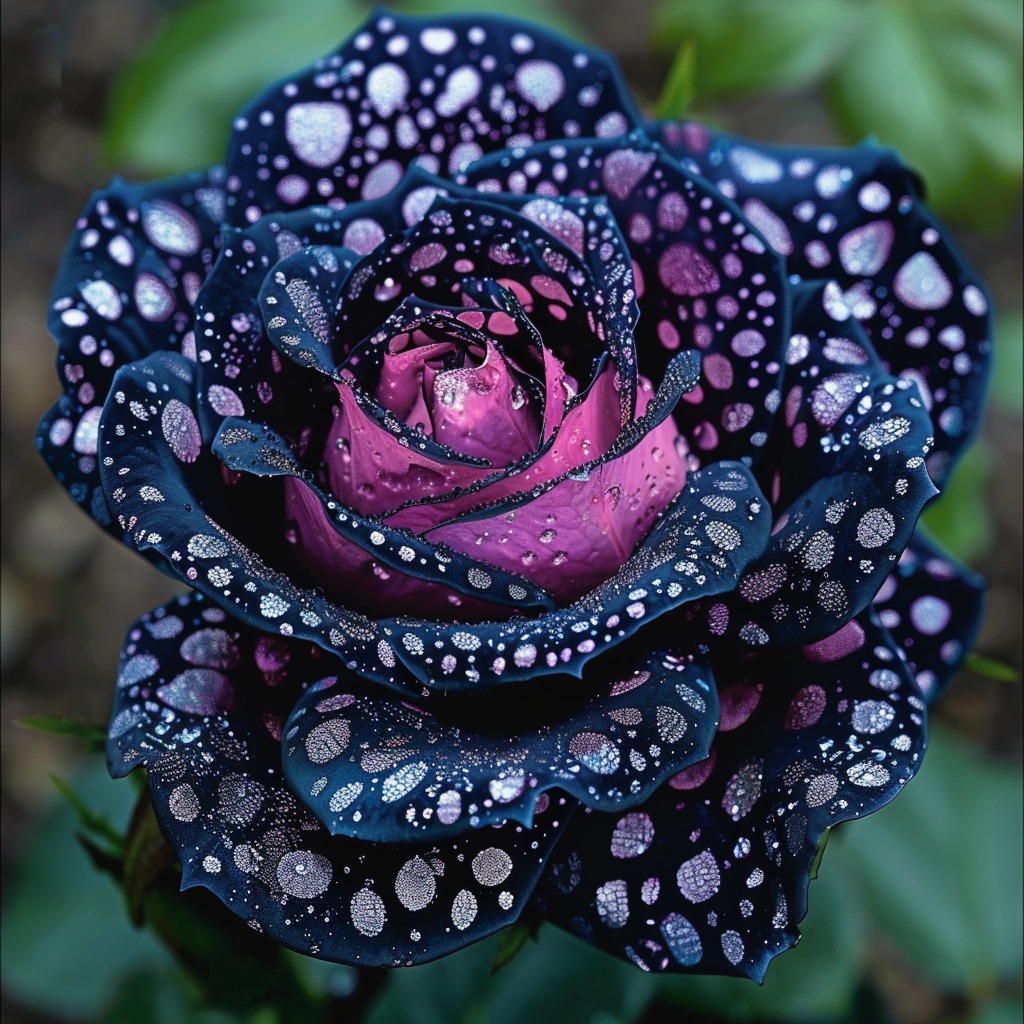
Visualize your rose garden as a vibrant, living symphony, with each element – from the plants to the insects – playing a crucial role in the overall harmony. Just as a skilled conductor coordinates the movements of the orchestra, your role as the gardener is to observe, understand, and facilitate the natural rhythms of your garden’s ecosystem.
Developing your observational skills is key to this process. Regular inspections of your rose plants, both above and below the soil, can reveal early signs of stress or infestation, allowing you to address any issues before they escalate. Noticing subtle changes in leaf color, texture, or growth patterns can be the first clue that something is amiss, giving you the opportunity to take proactive measures to safeguard your roses.
By embracing a more holistic, eco-friendly approach to pest and disease management, you not only protect the health of your rose garden but also contribute to the overall biodiversity of your local ecosystem. This harmonious balance creates an environment where your roses can thrive, rewarding you with a stunning display of blooms that captivate the senses.

Fertilization Strategies
Feeding for Flourishing Blooms Roses are known to be heavy feeders, requiring regular fertilization to sustain their vibrant displays. Utilizing slow-release fertilizers can provide a steady supply of nutrients throughout the growing season. Consider breaking this process into multiple feedings; envision it as providing a series of nutritious meals rather than a single feast. This allows your roses to absorb and utilize nutrients effectively, leading to abundant blooms.
Feeding for Flourishing Blooms
Roses are true connoisseurs when it comes to their nutritional needs, requiring a steady supply of essential nutrients to sustain their vibrant displays of color and fragrance. As “heavy feeders,” these captivating flowers demand regular fertilization to fuel their lush growth and abundant blooms.
Imagine your rose garden as a gourmet restaurant, where each plant is a discerning patron eagerly awaiting their next meal. Just as a fine-dining establishment ensures its guests are provided with a series of expertly crafted courses, your roses thrive when presented with a balanced, continuous supply of essential nutrients.
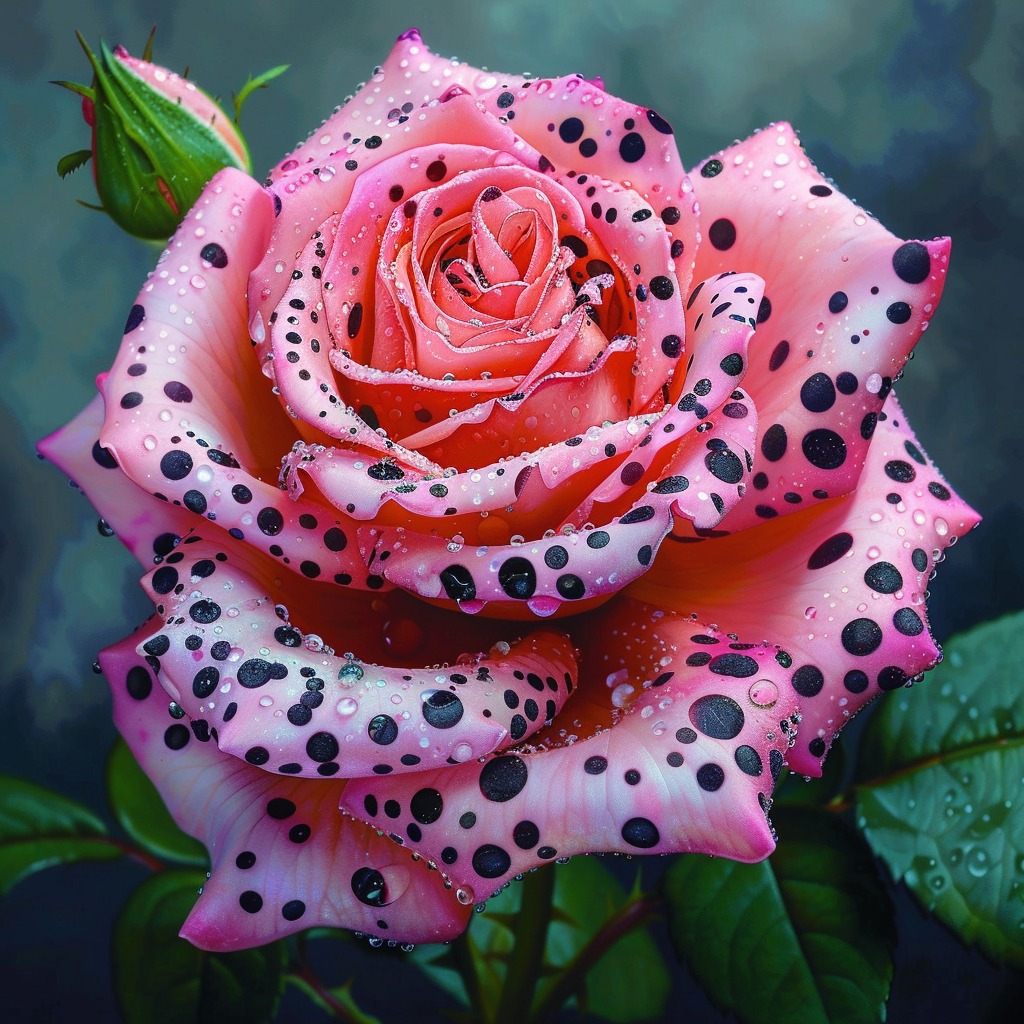
To achieve this, consider incorporating slow-release fertilizers into your rose care routine. These specialized formulations release nutrients gradually over an extended period, mimicking the natural rhythm of nutrient availability in the soil. This approach ensures your roses never go hungry, with a consistent supply of the nitrogen, phosphorus, and potassium they need to reach their full potential.
Visualize this process as a series of nutritious meals, rather than a single, lavish feast. By breaking up your fertilization regimen into multiple applications throughout the growing season, you allow your roses to absorb and utilize the essential elements more effectively. This steady diet of nutrients encourages robust root development, healthy foliage, and an abundance of captivating blooms.
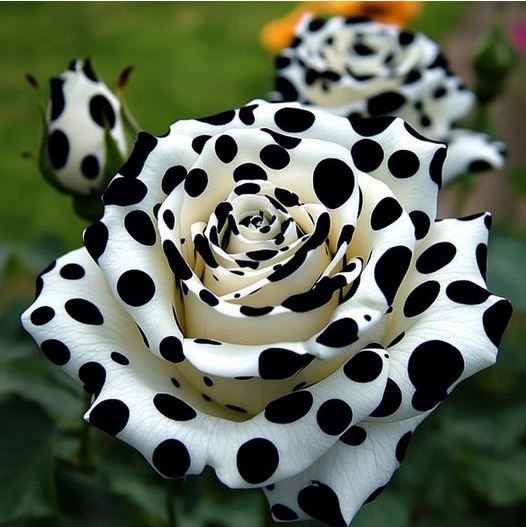
Remember, just as a gourmet meal is carefully crafted to delight the senses, your rose fertilization strategy should be tailored to the unique needs of your garden. Pay close attention to the specific nutrient requirements of your rose varieties, adjusting your feeding schedule and formulations accordingly. This personalized approach ensures your roses receive the precise nourishment they crave, resulting in a breathtaking display that will enchant all who encounter it.
By embracing a thoughtful, multi-course approach to rose fertilization, you unlock the true potential of these captivating flowers, transforming your garden into a vibrant tapestry of colors and fragrances that will delight the senses and inspire the soul.
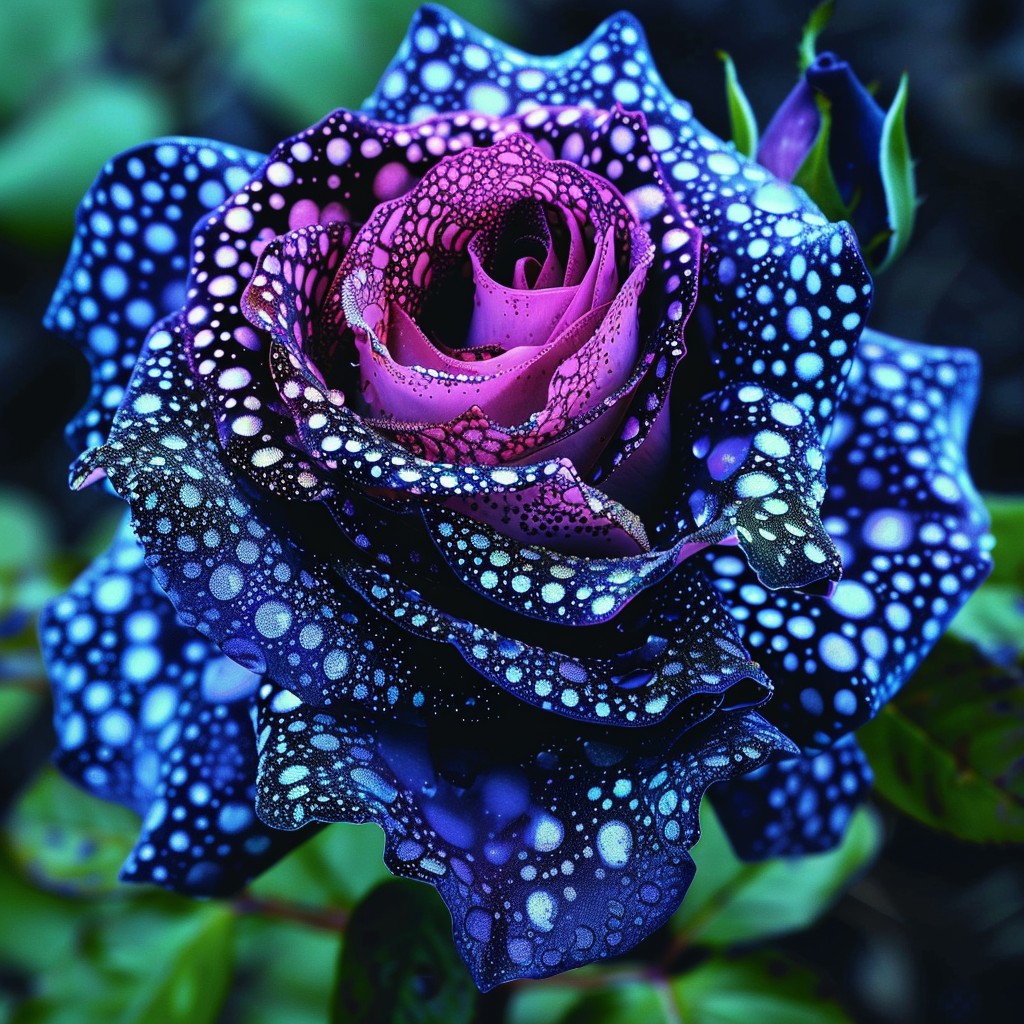
Conclusion
By nurturing your rose garden with care, dedication, and a deep understanding of these captivating flowers, you can create a spacethat serves as a sanctuary for both yourself and the natural world around you. Roses are not simply decorative plants; they are living entities that respond to your attention, dedication, and expertise. The more you invest in understanding their needs—be it through pruning, pest management, or well-balanced fertilization—the more stunning and robust your blooms will become.
Embracing the Journey of Rose Gardening
As with any art form, rose gardening is a journey filled with exploration, learning, and growth. Each season presents its own set of challenges and rewards that add layers to your relationship with these beautiful flowers. This thoughtful cultivation transforms the simple act of gardening into an enriching experience that connects you with nature and deepens your appreciation for horticultural mastery.
The key elements of successful rose gardening involve patience and observation. Every gardener must embrace the idea that each bush will flourish differently based on environmental conditions, care practices, and inherent biological needs. By approaching your garden as a living masterpiece, you remain open to experiencing these changes intimately; hence, enabling the conditions for your roses to express their beauty fully.
Bear in mind that cultivating a stunning rose garden doesn’t happen overnight. Instead, it unfolds over time, allowing you to witness the progression from mere soil and seeds to lush bushes adorned with intricate blooms. Each blossom represents your commitment to the meticulous care it took to hone the artistry of rose gardening.
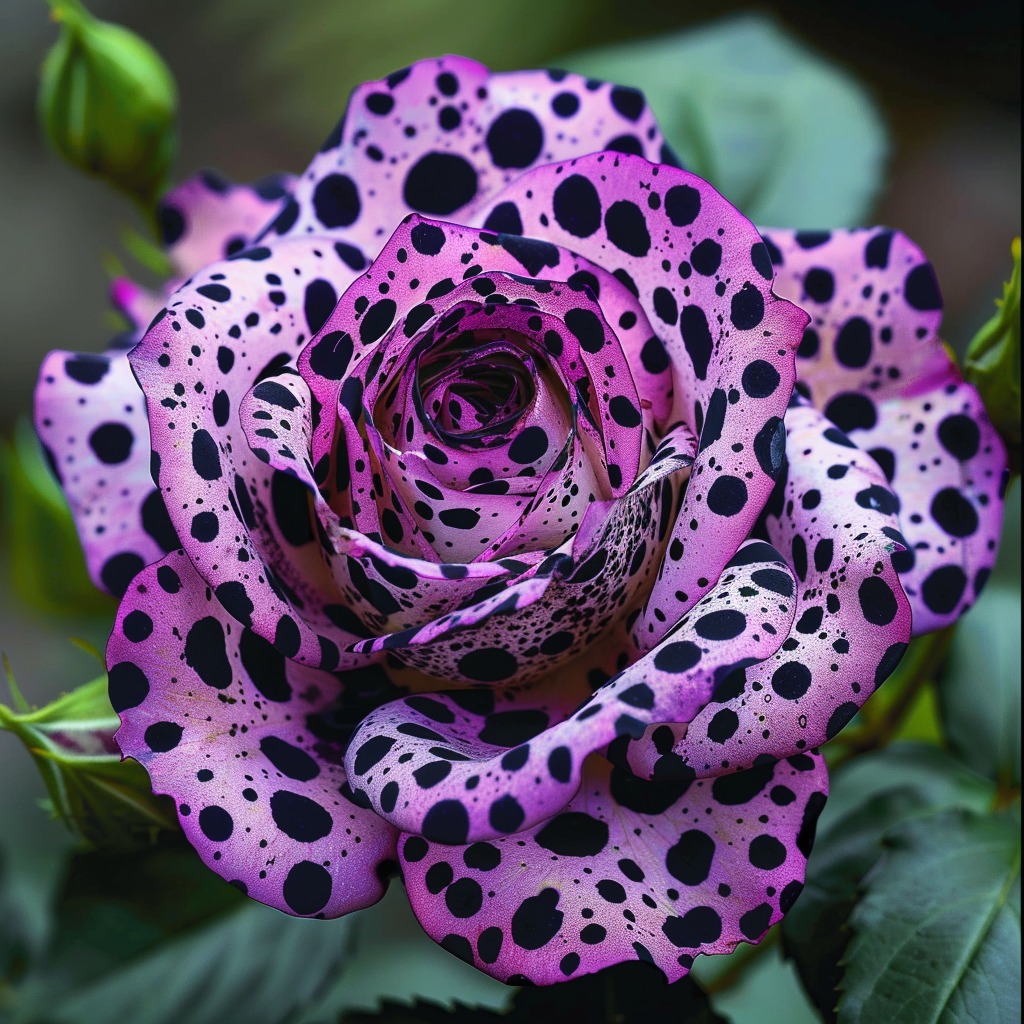
Harmonizing with Nature
The relationship between gardener and plant is akin to an orchestra where you, the gardener, play the role of conductor. You choose which notes to emphasize—perhaps fostering beneficial insects for pest control, or identifying plant nutrient deficiencies before they escalate into severe health issues. Surveying your garden through this lens allows you to appreciate how every action influences the health and aesthetics of your roses.
When gardening becomes imbued with an artistic sensibility, it fosters a deeper connection with the natural world. You find joy in observing how external factors, such as weather patterns, impact your plants’ growth. A sudden frost may strip blossoms, but it also offers a lesson in resilience – nature adapts, and so must you. Monitoring these aspects sharpens your instincts as a gardener, guiding you to make informed decisions rooted in a symbiotic understanding of the ecosystem at play.
A Celebration of Diversity
Unique characteristics vary within different rose species, making each encounter with a new variety an opportunity for discovery. Consider planting a mix of hybrid tea roses, floribundas, climbing varieties, and heirloom roses. Each contributes differently to the overall landscape, echoing a blend of colors, fragrances, and forms, much like a painter selecting different hues for a picturesque canvas.
This diversity not only prevents garden monotony but also attracts a variety of pollinators, enriching the local ecosystem. The delightful interplay of various plant types creates a stunning visual tapestry while promoting biodiversity—a benefit that extends beyond the confines of your backyard. When managed thoughtfully, every bloom can serve as the foundation for nurturing future generations of bees, butterflies, and other essential garden inhabitants.
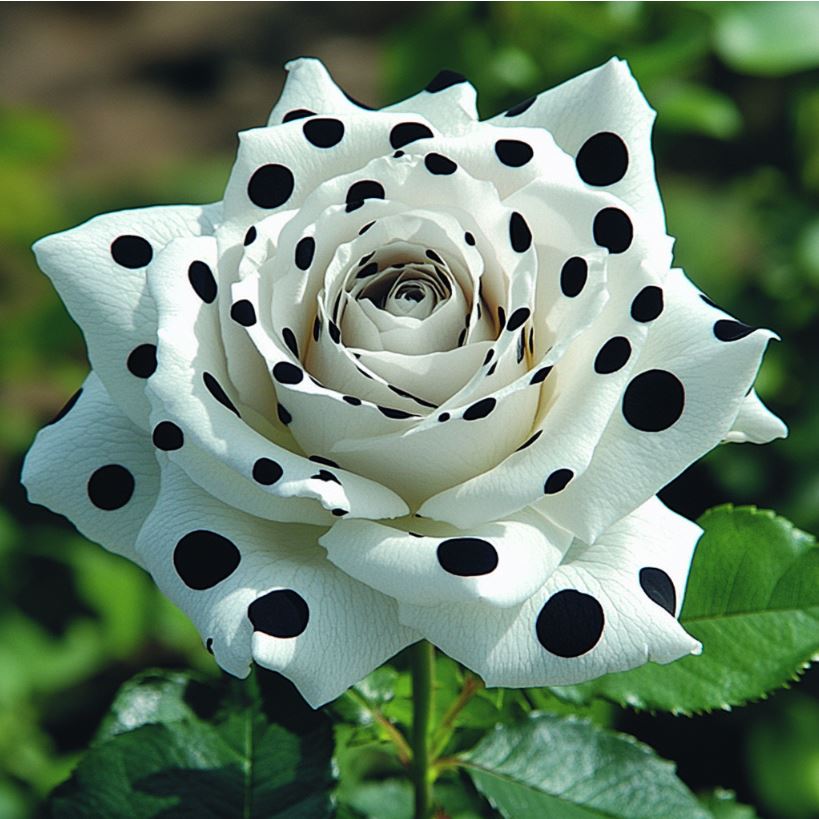
Conclusion
With passion and determination, you can cultivate breathtaking rose gardens that serve as testimonies to your dedication and skill. Pruning, pest management, and fertilization intertwine like the strands of a well-composed melody, bringing life and vitality to your plants.
The path to becoming a proficient rose gardener encourages you to forge connections—not just with the plants under your care, but with the world around you. As your understanding evolves and your skills sharpen, you come to appreciate the profundities of nurturing life in all its forms.
Ultimately, loving and caring for your roses creates enriching experiences that transcend the simple enjoyment of aesthetic beauty. You become part of a larger cycle of life, witnessing firsthand the poignant dance of nature unfolding before your eyes. As you step back to admire your flourishing blooms, you realize that every gardening endeavor contributes to a narrative of growth, resilience, and harmony that is uniquely yours. Take pride in the blooms you create, for they reflect not just the beauty of nature but the boundless expressions of your imagination and labor.
